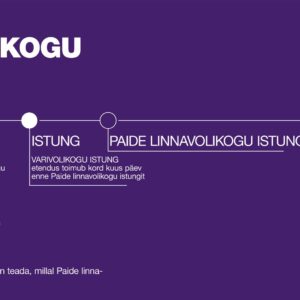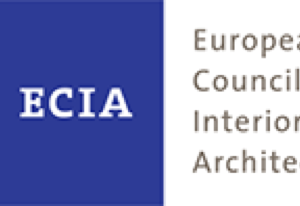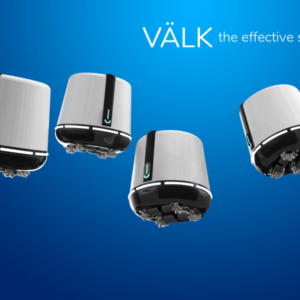Design and Technology Futures
The international curriculum has been developed as a collaborative effort by the Tallinn University of Technology and the Estonian Academy of Arts.
Design and Technology Futures is aimed at young graduates of design and engineering disciplines who are eager to continue their education. Our cross-disciplinary programme merges technological competence with design skills. We look at engineering and design in very broad terms and are open to all enthusiastic students from a wide range of competences.
The aim of the curriculum is to combine different disciplines and prepare students for design-led innovation, possible only through interdisciplinary cooperation. Our focus is on how to deal with complex problems and develop value-creating concepts. Our project are typically more complex and rooted deeper in user fundamental needs than most regular product development courses. Our Design Studio projects put the knowledge gained from other subjects into practice tying together the whole curriculum. Students learn to work in interdisciplinary teams, find and describe problems in difficult real life scenarios and find out how to create value and sell the ideas to different stakeholders of these complex systems.
The curriculum draws from three fields: design, engineering and entrepreneurship. During their first year of study, students learn how to work as members of multidisciplinary creative teams, how to mix and match their skills with people who have a very different understanding of the task at hand, how to bind together the findings, pin-point the opportunities, create clear concepts and communicate these to industry partners. By the second year, students practice leading small creative teams, learn how to run user-centered research, develop innovative concepts and communicate results in a tight timeframe with limited resources. Students learn how to use and mix methods from different fields of study and how to make coherent projects in a team with widely scattered skillsets.
As we seek students with very different backgrounds, they will also pursue various career paths. Students of engineering develop an understanding of the power of design skills so they may act as leaders of development, while students of design refine their skills and competence for running multidisciplinary creative teams. All students are taught to have an entrepreneurial mindset. Whatever our students go on to do, they are valuable team members even during difficult projects with fuzzy goals.






